In each car there are devices and parts that do not come across the eye car owners, but at the same time they play an important role in the full functioning of the "vital" knots of the car. The neutralizer of exhaust gases, which is also known as a catalytic neutralizer or catalyst, is not rarely the cause of disputes between motorists. Some of them are confident that this item is very important for the exhaust gas purification system, while others believe that it is not necessary to apply this item and even harmful. About this further in the article.
Content
- Car exhaust gases, which is in exhaust gases
- What a threat to the environment and person represent exhaust gases
- Car Exhaust System
- Exhaust gas catalyst, work principle
- Does the catalyst need a car
- Double-sided catalysts where pluses and cons
- Tripartite catalysts, where applied, pros and cons
- Ceramic neutralizers, application, pros and cons
- Metal neutralizers, pros and cons
- Sports of catalysts, pros and cons
- How long is the catalyst
- Signs of failure of the catalyst
- Possible catalyst replacement options
- Tips Prof.
Car exhaust gases, which is in exhaust gases
Chemical components of exhaust gases are so dangerous that they harm not only animal health and person, but also destroy trees and houses. The collective presence of oxygen, hydrocarbons and nitrogen dioxide leads to harmful and very aggressive organic compounds - peroxiaacetylnitrates, which form photochemical smokers, under the influence of people, the mucous membranes, eyes, the nervous and pulmonary diseases, bronchial asthma are aggravated, the symptoms of suffocation are observed.
What a threat to the environment and person represent exhaust gases
DVS daily have a negative impact on the health of millions of people. People are forced to suffer from the frequent diseases of the circulatory and heart system, chronic and sharp bronchitis, asthma attacks, cough and so on. Road workers, car service workers, professional drivers and others are subject to the highest risk. According to scientists, a new type of substances that have discovered in exhaust gases working on a diesel engine can cause mutations in the human body and is the main factor that causes lung cancer. Photochemical was able to cause corrosion of metals, destroy paints, synthetic and rubber products, spoil clothes, and people who have been exposed to harmful substances in the city air for a long time due to heart attacks.
Car Exhaust System
When the air-fuel mixture in the cylinder of the power unit burns, exhaust gases occur, which should be output, so that the cylinder is again filled with the required amount of the mixture. For this, an exhaust system was invented, which consists of three key components, such as an exhaust manifold, a catalytic converter (neutralizer) and a silencer.
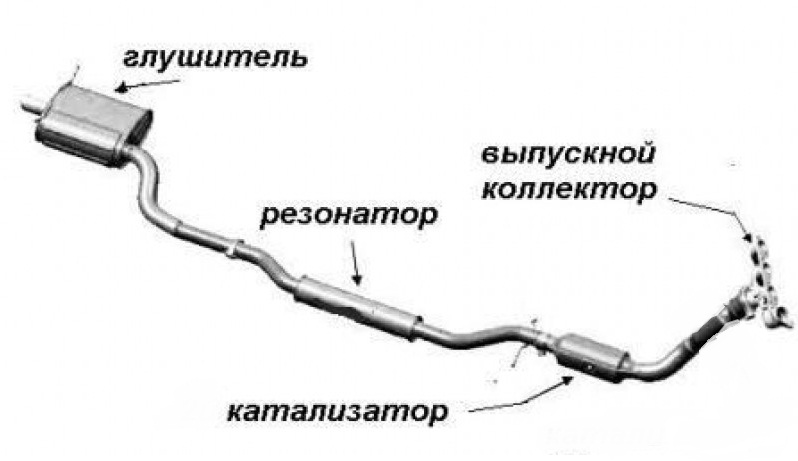
Exhaust gas catalyst, work principle
The catalyst is an integral part of the exhaust system of the TC, with its help the concentration of harmful substances decreases, which are contained in exhaust gases (worked). Modern catalysts contain noble metals heating from exhaust gases and provoking harmful substances to a normal level provided for by environmental requirements.
The design of the catalyst includes a housing in which metal or ceramic cells are located. From above, they are covered with a thin layer of platinumiridium alloy. This design makes it possible to significantly increase the area of \u200b\u200bcontact with a catalytic layer of surface and gas exhaust. As a result, the oxidative reaction of hydrocarbon and carbon monoxide occurs, and only actually "harmless" substances - carbon dioxide and nitrogen fall into the atmosphere.
Does the catalyst need a car
It is not necessary to install a catalyst for the machine, but it is desirable, especially if:
- You do not want to pollute the environment.
- You are going by car abroad (required).
- You yourself pass the inspection.
- Your car is less than five years old.
Double-sided catalysts where pluses and cons
The device of the bilateral neutralizer of exhaust gases makes it possible to perform several tasks at the same time:
- Run the carbonated gas oxidation procedure to carbon dioxide.
- Oxidizing unburned hydrocarbons (unlawful or partially burned fuel) into carbon dioxide and water due to the combustion reaction.
Similar catalysts are often used for diesel engines.
Tripartite catalysts, where applied, pros and cons
The first three-sided neutralizers appeared in 1981. They were created to reduce the volume of harmful substances that fall into the atmosphere. This type of catalyst makes it possible to perform a wider range of tasks, in particular:
- Transformation of nitrogen oxide in nitrogen and oxygen.
- The oxidation of carbon monoxide into carbon dioxide.
- The oxidation of unburned hydrocarbons into carbon dioxide and water.
Ceramic neutralizers, application, pros and cons
Standard models equipped with a design in the form of so-called cells. The ceramic element is covered with a platinumiridium alloy. As for the shortcomings of these models, then actually all car owners note the fragility of the ceramic product, which is enough to hit the stone to scatter cells. Also, the device may be damaged if you drive into the puddle on a heated car - the water drops that have fallen on the hot catalyst will lead to its failure.
In addition, the cells are able to disintegrate in the ignition system. For example, if fuel is flammable not immediately after starting the power unit, but with a short delay. In this case, the unburned fuel will be collected in the neutralizer, and as soon as the accumulated fuel explodes, all honeycombs will be destroyed. Also in these neutralizers, ceramic dust accumulates in the combustion chamber and even in the motor cylinders. The only advantage of the ceramic catalyst is its small cost.
Metal neutralizers, pros and cons
The design of this type is characterized by increased strength and reliability, due to which this neutralizer is able to withstand mechanical loads for sufficiently long time. The cells that are installed in the device are distinguished by their elasticity, which they managed to achieve with the help of their spiral shape and metal.
But, despite the reliability of such a catalyst, it is as well as ceramic products, it is afraid:
- Long functioning at idle.
- Realified fuel mixtures.
- Eilated either low-quality fuel.
- Low-quality techniques for washing systems that are bought from hand or from a unverified manufacturer.
- Antifreeze or oils entering the combustion chamber.
Sports of catalysts, pros and cons
Such neutralizers are also made of metal, but their bandwidth is much higher than ordinary ceramic and metal products. Due to this, the catalysts of this type give the vehicle additional power (by 7-20 percent). True, this result is achieved only under the condition that a direct-flow exhaust system is installed in the car. The neutralizers at the same time meet the environmental requirements of Euro 5 and euros 4. Sports models are most reliable, but their cost is highest.
How long is the catalyst
It is recommended to replace the catalysts every 100-120 thousand mileage kilometers. But it may be needed and an earlier replacement.
Signs of failure of the catalyst
Typically, the neutralizer is considered broken if during operation it burned its catalytic layer. In modern cars, an error lights up when the catalyst breaks. But if the vehicle is not new, it is possible to determine the approaching breakdown by such symptoms:
- The car is worse than hot. At the same time, in the morning the engine does not start for a long time.
- The thrust on high speed constantly or temporarily disappears.
- Rapid turns. For example, at a pressure of gas, the tachometer is barely reaching up to 2-4 thousand revolutions, but the arrow above does not. The vehicle has become more fuel.
These symptoms suggest that the neutralizer is on a twilight form, i.e. it still works, however it is time to change. And if the catalyst has failed at all, you will notice that the car began to start too long, but even if the power unit starts to function, it almost immediately stalls. Or the car does not start at all. To make sure that the reason lies in the catalyst, boot the motor and go to the exhaust pipe. If you do not feel your hand, how the exhaust gases go, it's time to replace the catalyst.
Possible catalyst replacement options
- On universal. In this case, you pay much less and get a device that allows you to significantly reduce the volume of toxic exhaust.
- On the original. The most expensive option. Such a replacement will be logical if you use a car, the warranty period from which has not yet come out.
- On the planenetsman. The cheapest replacement option, but such a device cannot be mounted in cars with euro 4 standards, since the plane sensor does not reduce the level of gas toxicity.
Tips Prof.
Install the neutralizer or not - this is the case of every motorist. While in our country does not provide strict requirements for the number of harmful substances in the exhaust. But if you decide to go on your car on a trip to Europe, you will have a mandatory to install a catalyst.
Related Materials
- Stove 2110, bad warm stove 2110, VAZ 2110 heating system, repairing the heating system VAZ 2110 with their own hands
- VAZ 2114 stove blows with cold air, stove 2114, bad warm stove VAZ 2114, device and repair of heating VAZ 2114 do-it-yourself, removing the stove VAZ 2114
- How to subdominize the car. How to put a jack. Types of jacks for cars.
- VAZ 2109 Fuse Block, VAZ 2109 Fuse Block Carburetor, VAZ 2109 Fuse Block Injector, Old VAZ 2109 Fuse Block, VAZ 2109 Fuse Block, VAZ Fuse Block 2109
- Car exhaust gas catalyst, faulty catalyst, pluses and cons of the catalyst, how to change the catalyst on the planeencitel
- Stove blowing cold air VAZ 2114, badly blowing the stove VAZ 2114, why badly blowing the stove VAZ 2114
- How to find out the owner of the car by the number of his car, check the car by the number of the traffic police machine, check the car by the state number of the car for free
- How to choose Used tires, Useful Tips
- Winter car road, pressure in passenger car tires in winter, good battery for the car in winter, whether to warm the car in winter
- In winter, the car is poorly started. How to make a car in winter, do you need to warm up the car in winter, useful tips
- Economy fuel consumption machines, the most economical car consumption
- Tires brands for passenger cars, labeling of car tire labeling, residual passenger car tire protector, how to pick a tire on a car brand, car tire tread pattern
- Working transmission operation, mechanical gearbox clutch work, driving with manual gearbox, useful tips
- Rear beam Peugeot 206 sedan, rear beam device Peugeot 206. Rear beam Peugeot 206 Malfunction, repair of the rear beam Peugeot 206
- Diesel fuel in winter, additive for diesel fuel in winter, how to choose the best diesel fuel
- Diesel winter does not start. How to start diesel in winter, heating diesel in winter.
- Japanese bridgestone tires, winter studded bridgestone tires, bridgestone tires brand
- Tire marking decoding for passenger cars, labeling wheels, how to choose the right tires on the disks
- Diesel engine in winter, launch of the diesel engine in winter, what oil to fill in a diesel engine in winter, useful tips
- LED backlight of the car, the backlight of the bottom of the car, the backlight of the legs in the car, the backlight in the door of the car, the backlight of the car is fine
- Recovered tires, bus tire, restored tire protector, can I use them
- Choose winter tires, which is a winter tires, which pressure in winter tires should be marked with winter tires, how to choose the right winter tires, the best winter tires 2019
- Steering rail rail, knock of steering rack, reasons for the knock and repair of the steering rack do it yourself
- Cameless car tires, a set for repair of tubeless tires, repair of the cannon-free tire do it yourself
- Russian tires, Russian tires Winter, Russian All-season tires, Voronezh AMTEL tires, Tires "Matador Omsk Tire", Kama-tires are world-class bus
- How to open a car without a key. Lost the key from the car what to do, the key from the car inside the car
- Silent tires, quiet winter tires, quiet studded bus, which tires to choose, overview tires
- Tires and safety, safety of the bus, why it is necessary to constantly monitor car tires
- Rules of safe driving of the car in the rain and slush, safe driving of the car for beginners
- Rust converter which is better for cars, rust converters to choose how to use rust transducer, professionals
- Polishing the body of the car do it yourself, how to choose a polishing paste, useful tips
- Engine durability, engine life, how to extend engine life
- Knock in the car. Knock when moving the car. What can knock in the car. How to determine the cause of the knock.
- ABS car, what is ABS car, ABS system malfunction, ABS diagnostics
- Overtaking a car when you can start overtaking a car, rules of traffic rules
- Fuel pump VAZ 2110, VAZ 2110 gas station scheme, VAZ 2110 fuel pump device, VAZ 2110 gas station repair,
- Automotive antennas for radio, automotive antenna device, car antenna do it yourself
- Front suspension Kalina, device front suspension Kalina, knock in front suspension Kalina, repair of front suspension Kalina
- Shock absorber Oil, best oil shock absorbers, pumping oil shock absorbers, how to properly pump oil shock absorber
- Clutch malfunctions, touches clutch, causes a clutch malfunction, how to eliminate
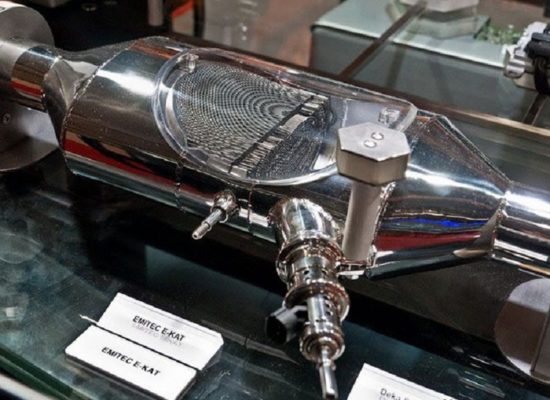
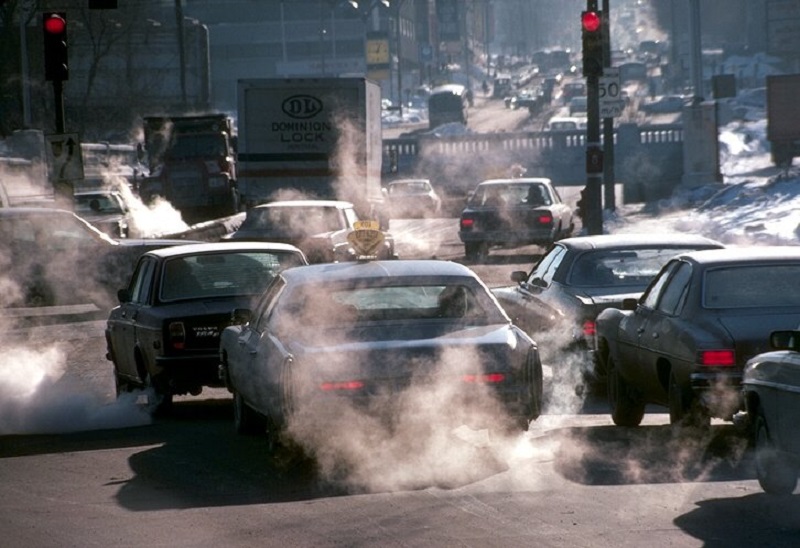

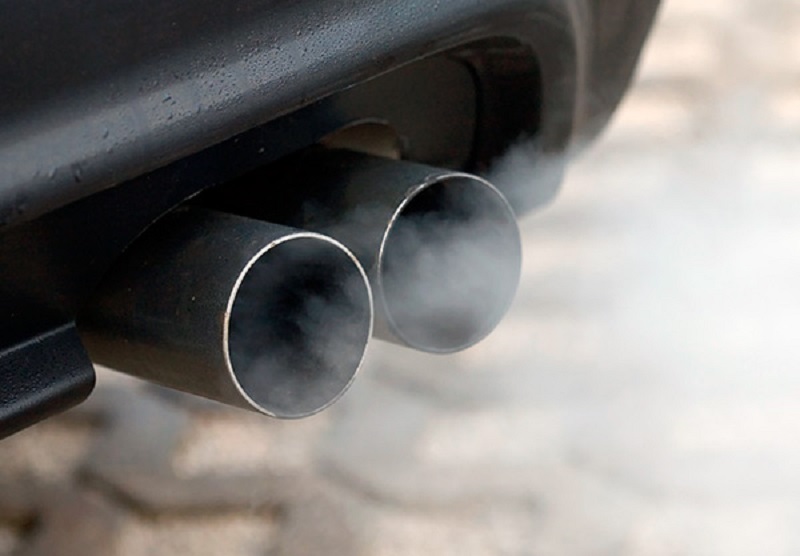
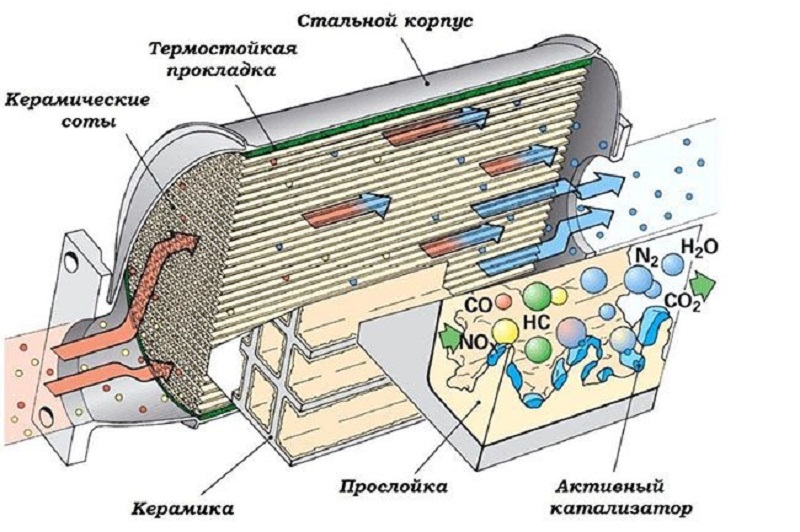
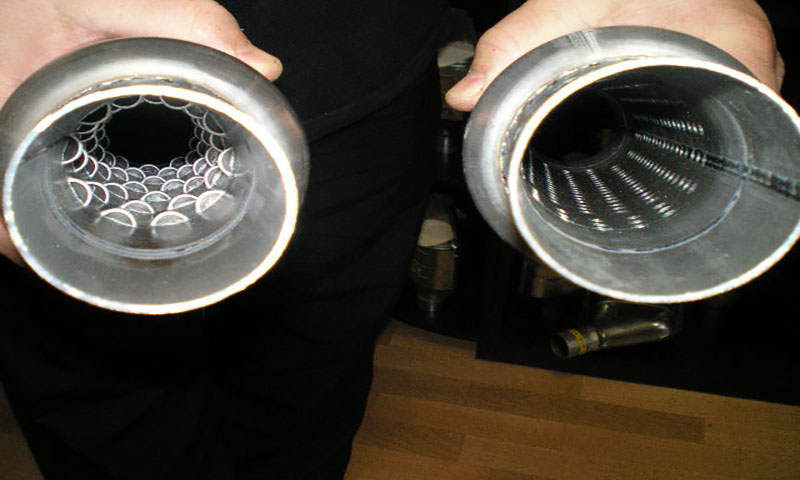

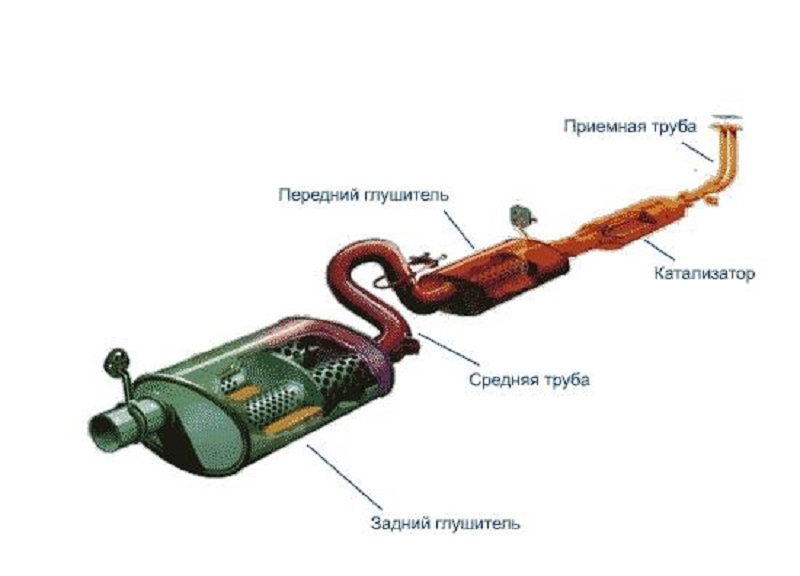
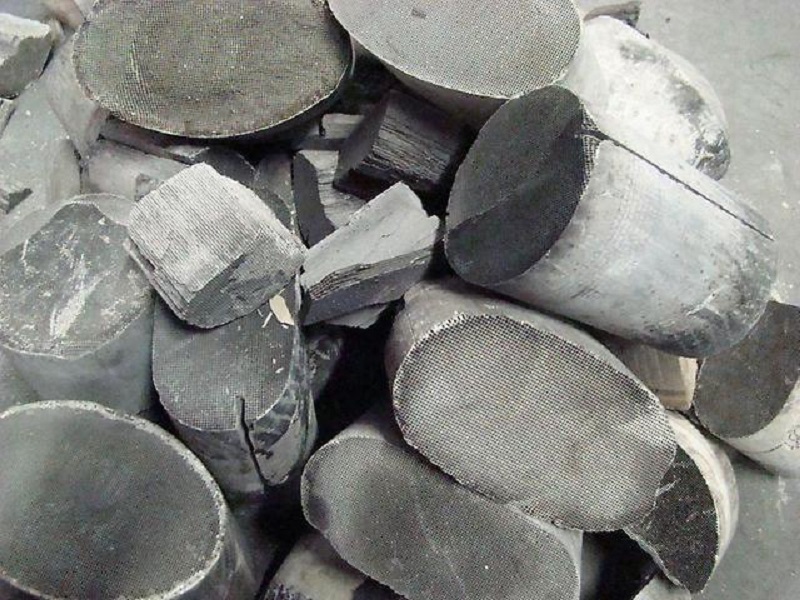
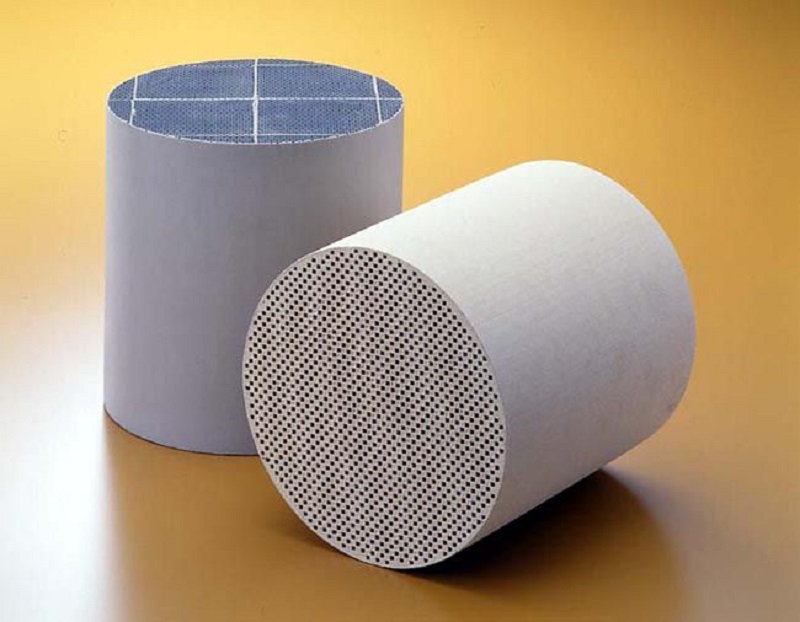
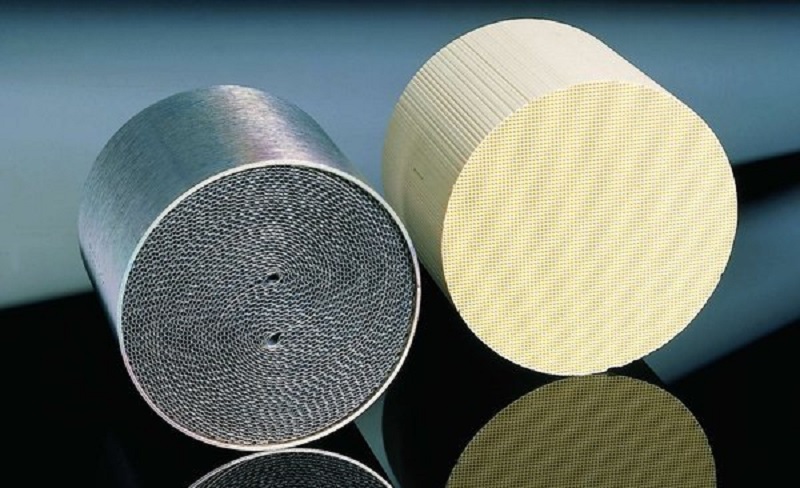

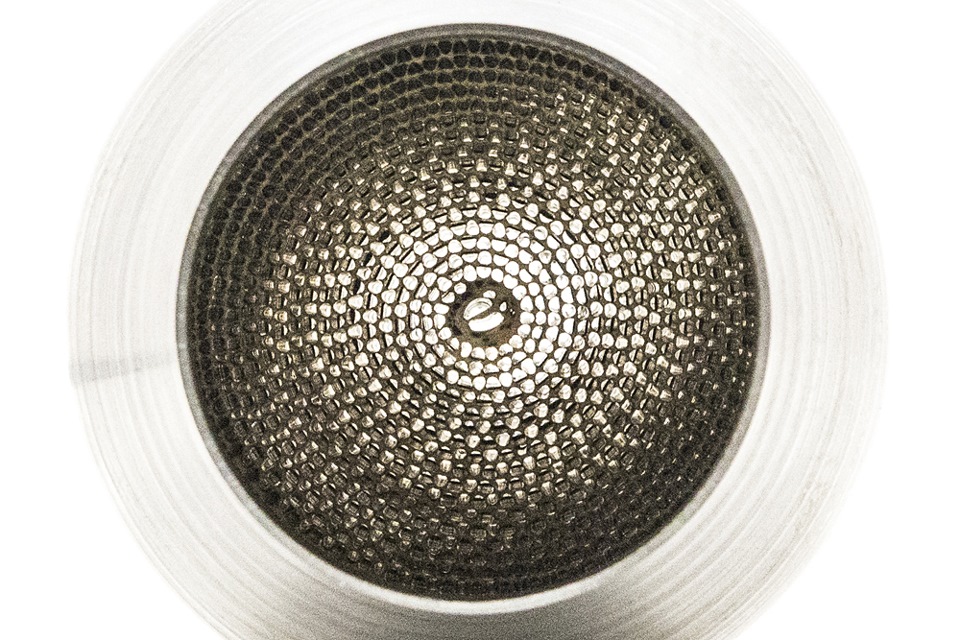
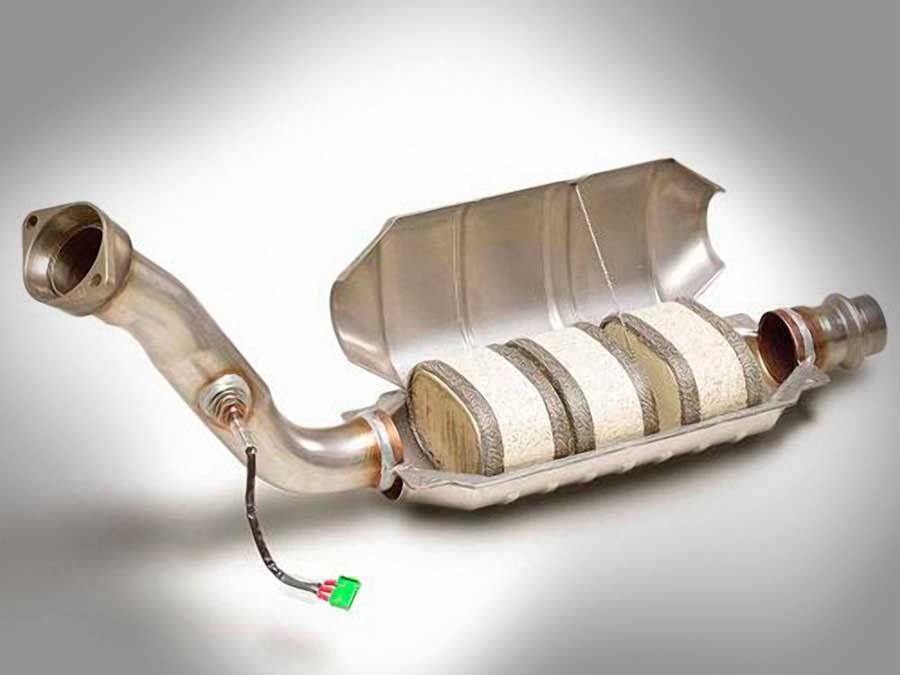

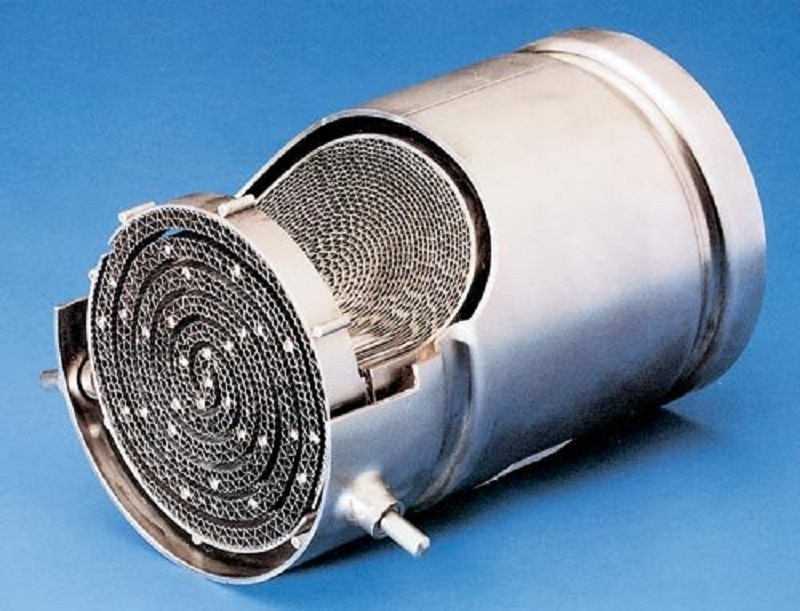
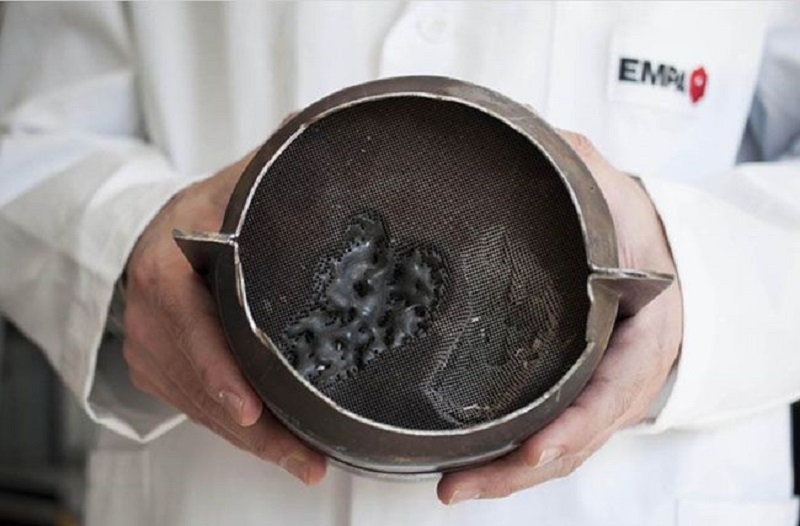
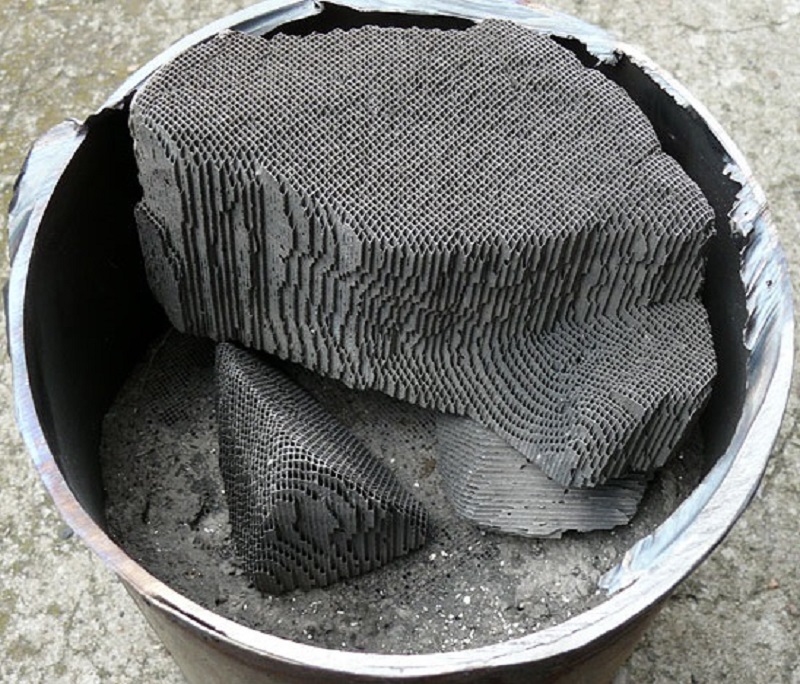






Comments